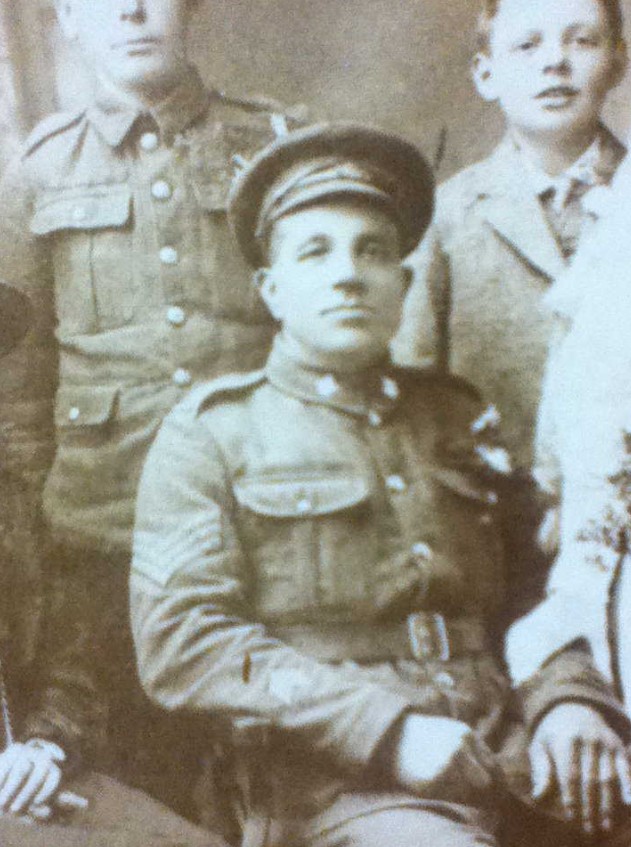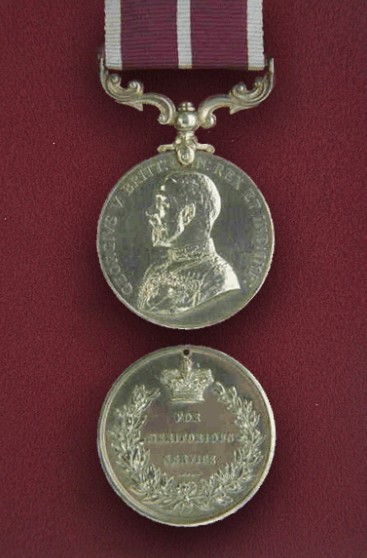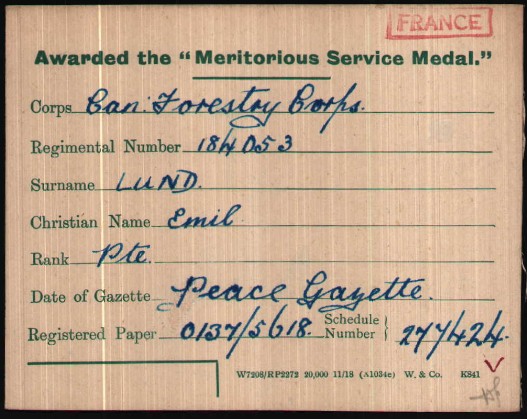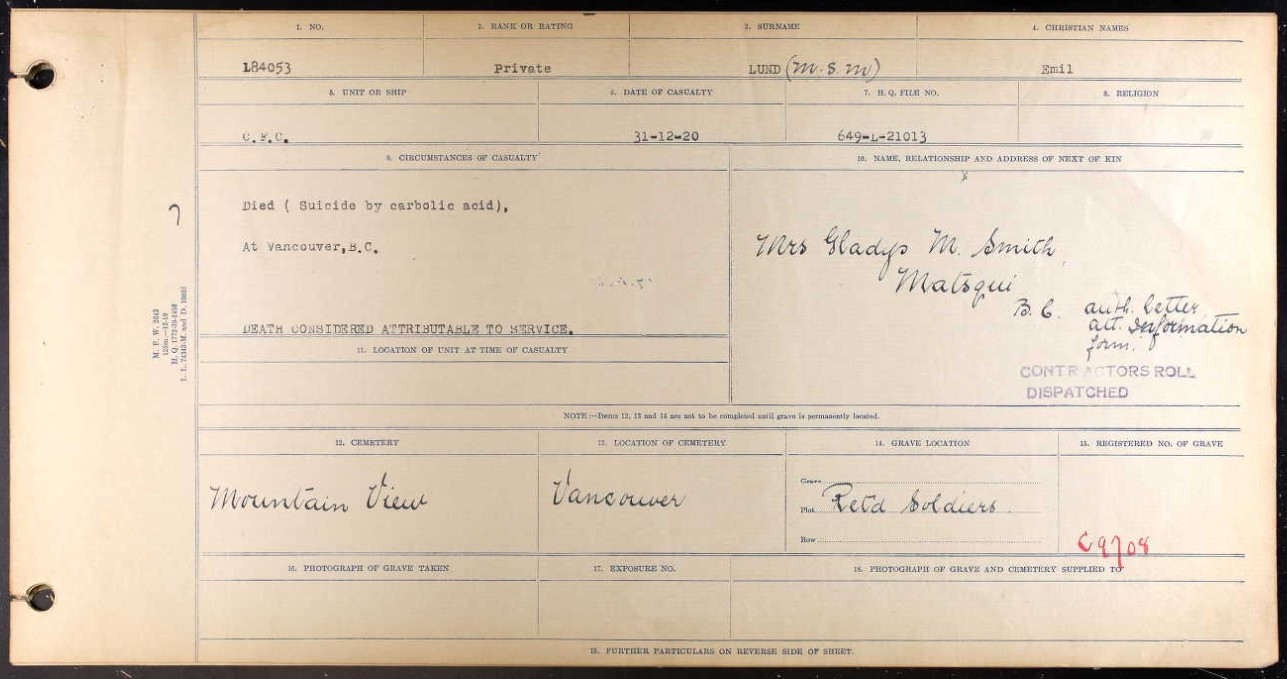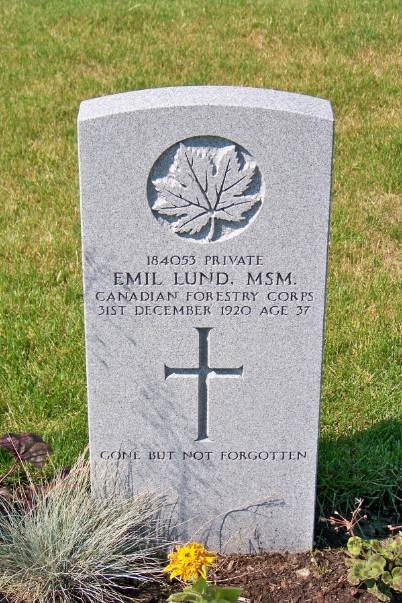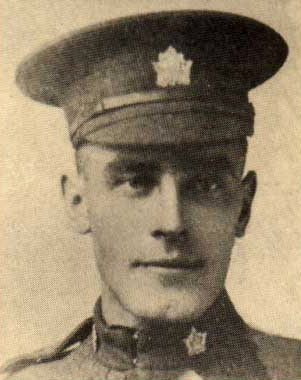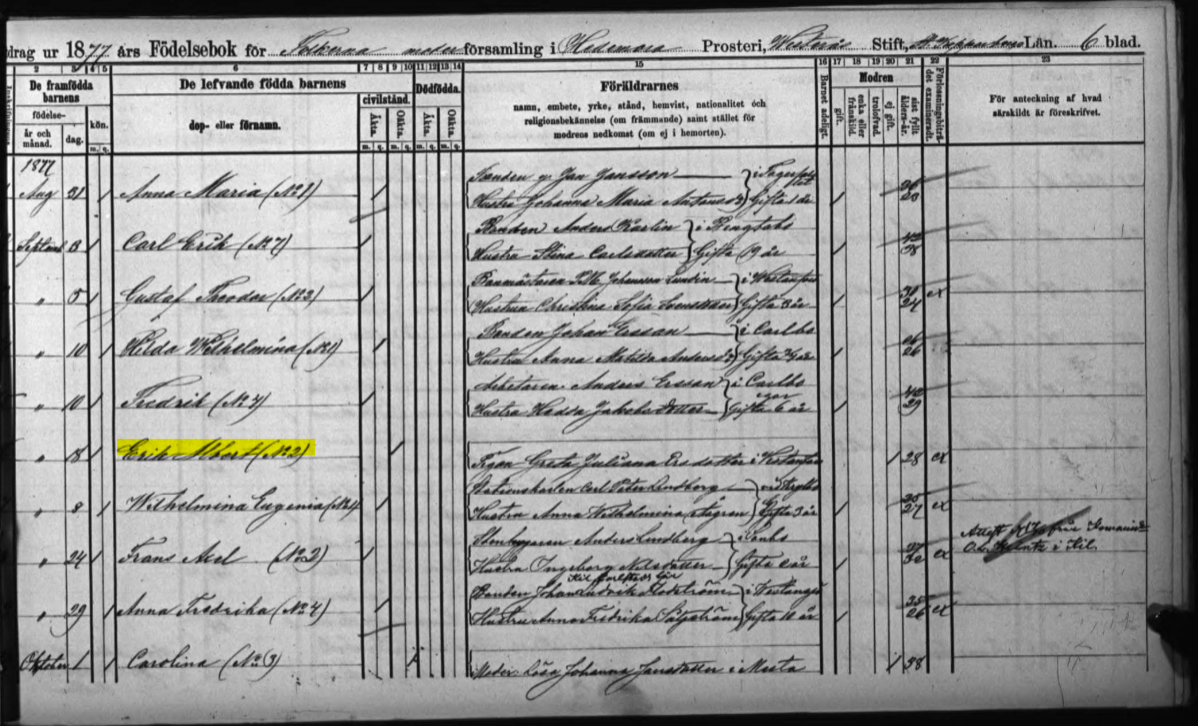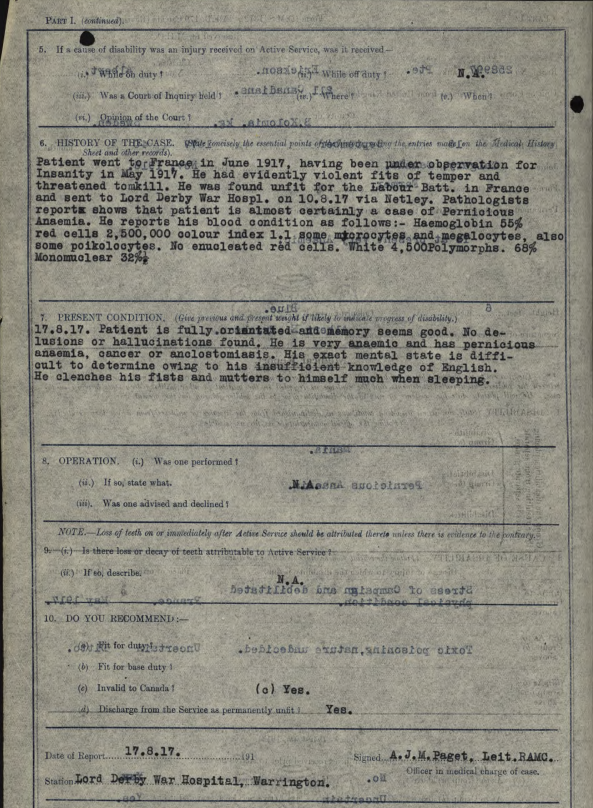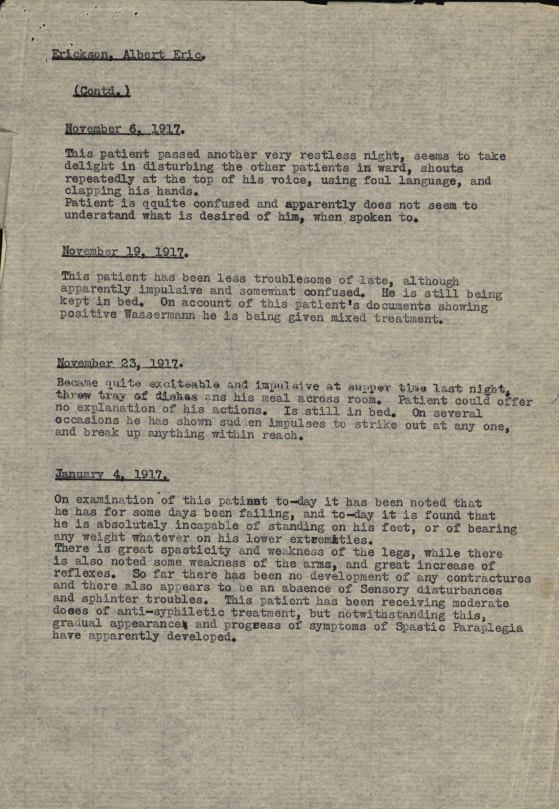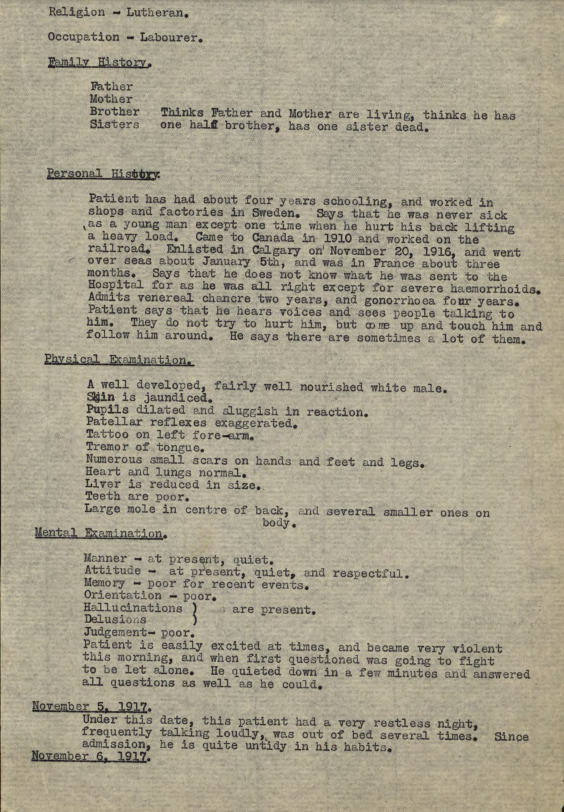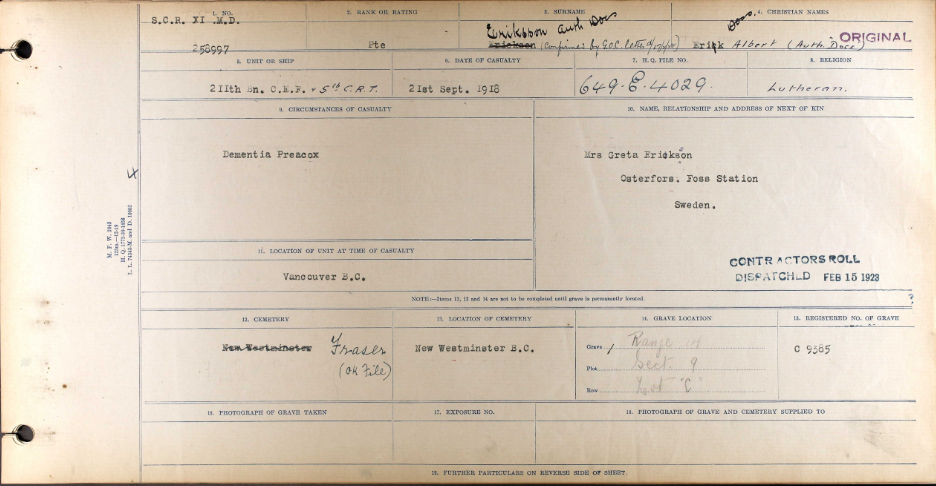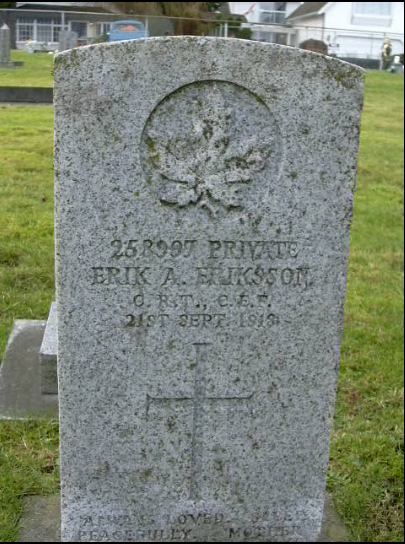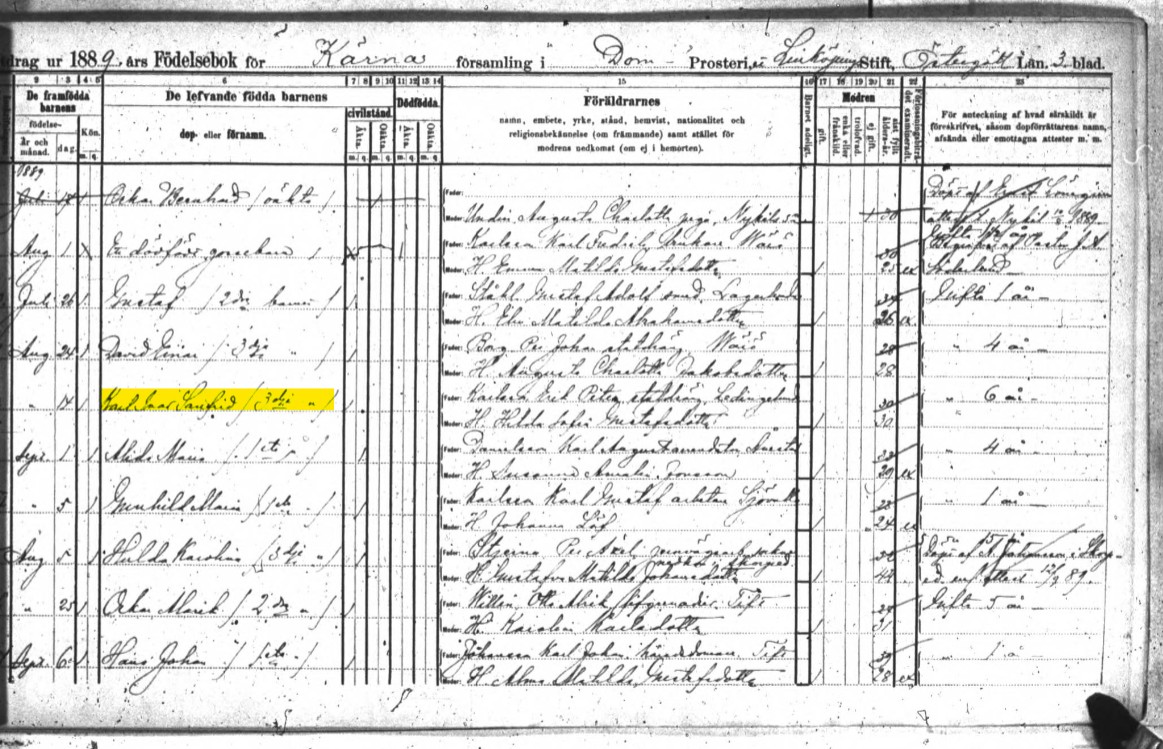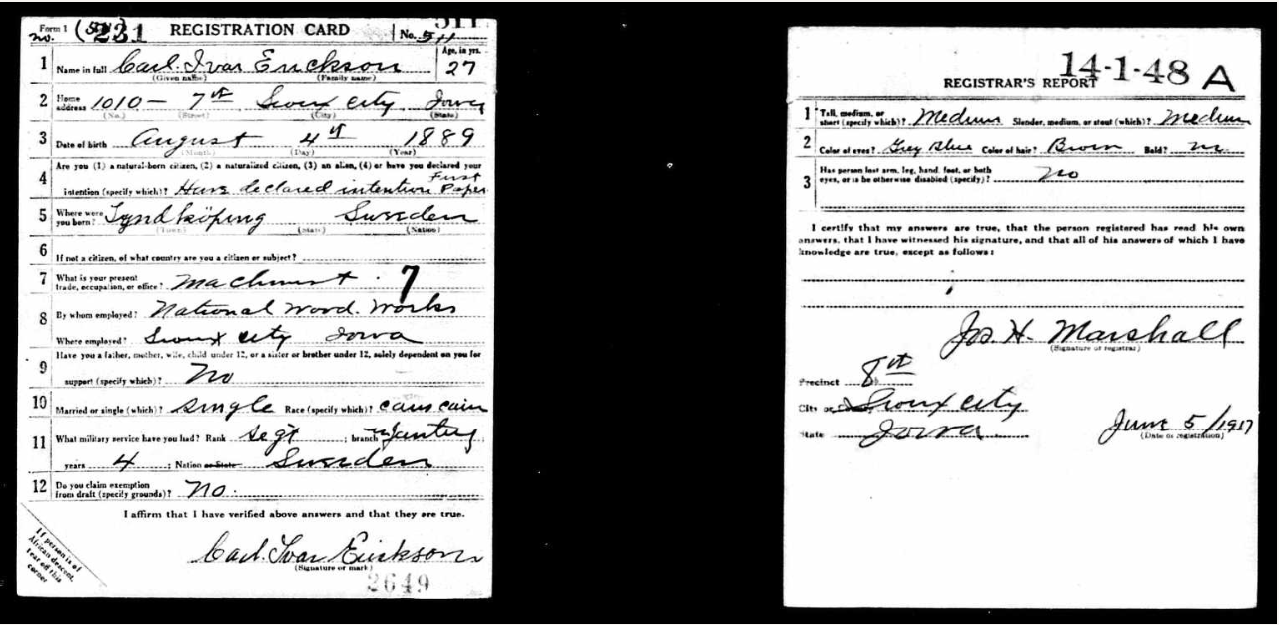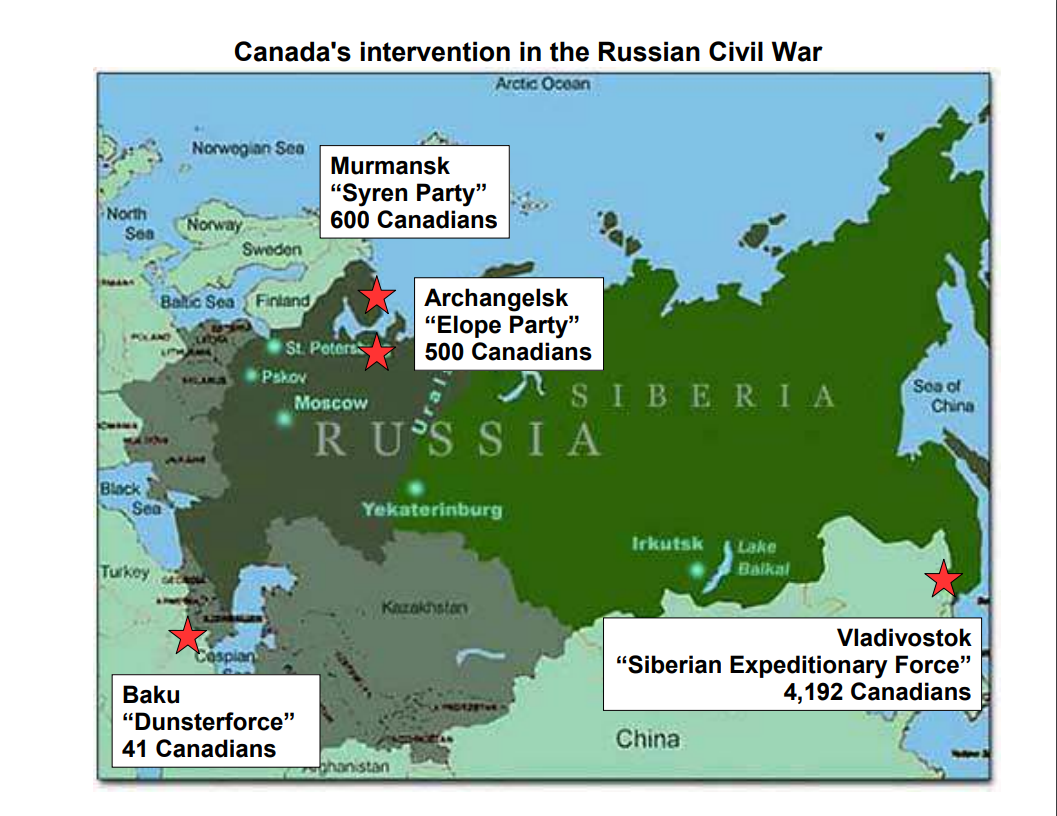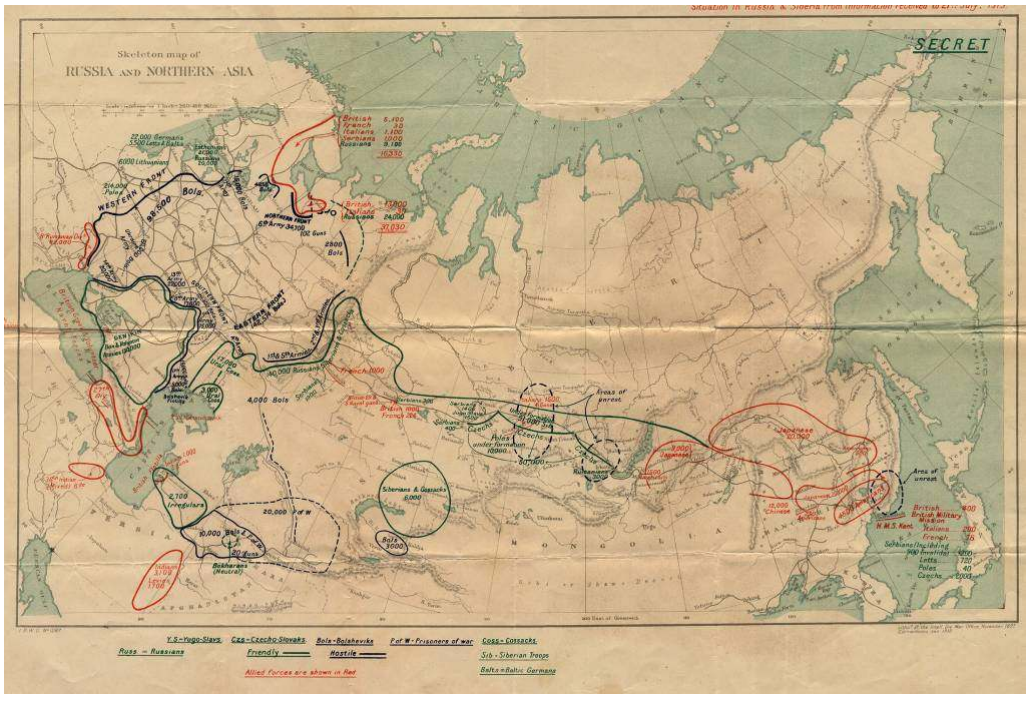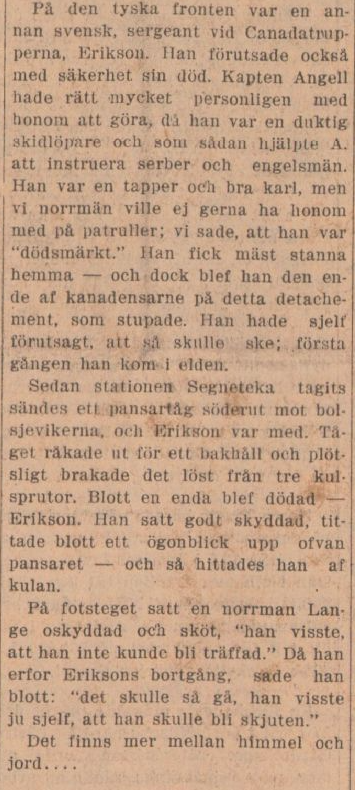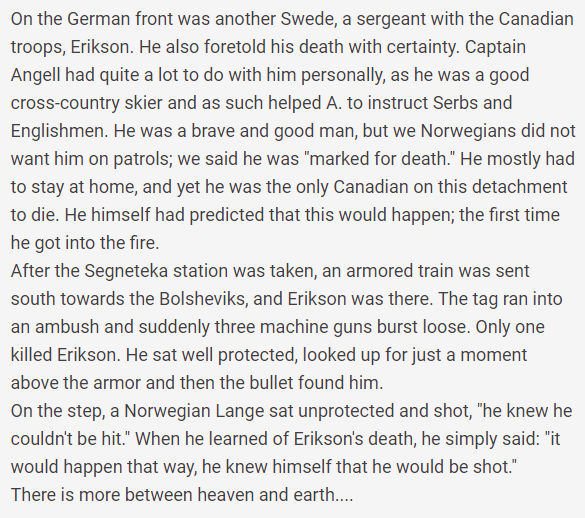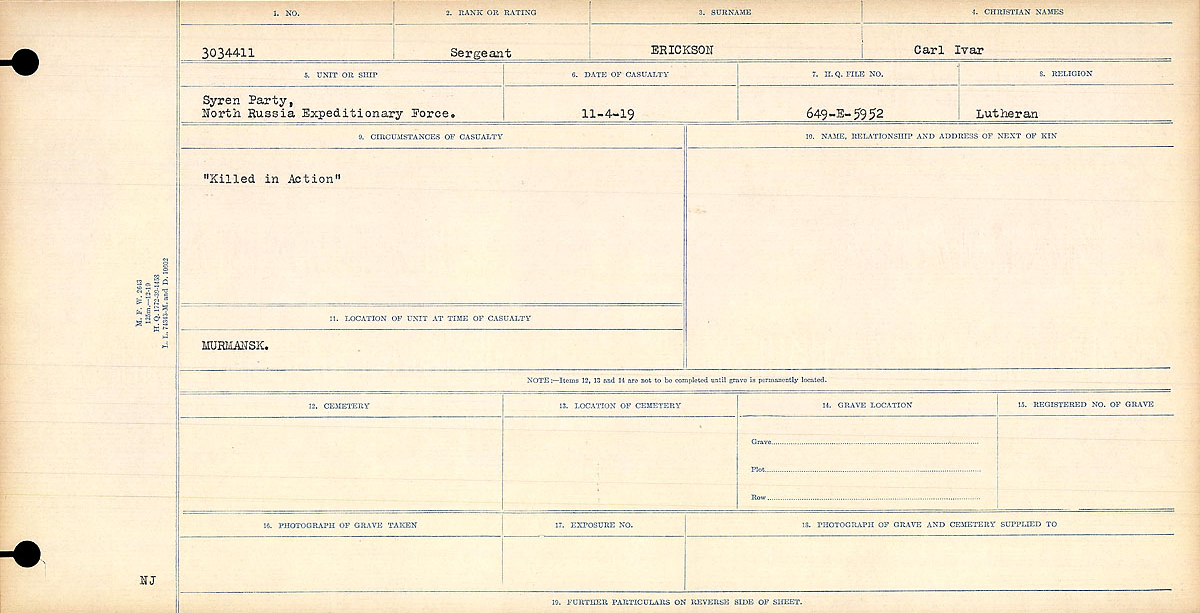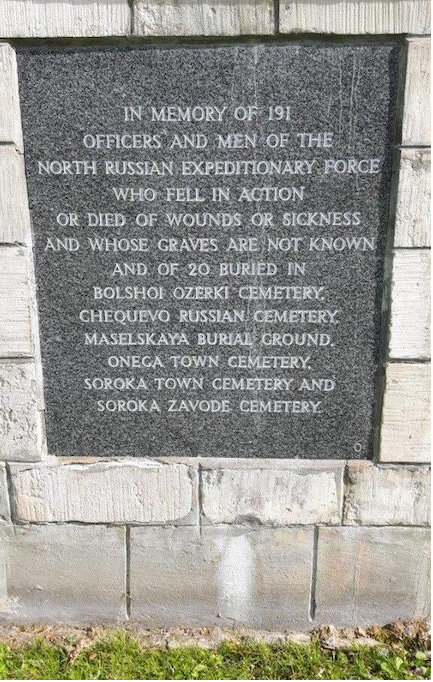(Updated February 15th, 2025)
My talks about my research around different places in Sweden led me into my specific interest in the 54th Pioneer Infantry Regiment, which belonged to the American Expeditionary Forces in the Great War.
One of the participants in the audience, Sven Söderberg, mentioned that he had some friends back home, who have talked about their descendants who they believed participated in the war, survived, and came back to Sweden again.
In the beginning they talked about one Swede, Per Erick Person (Per Erik Persson) but shortly after they remembered that Per Erick’s friend, Erick Larson (Nils Erik Larson), also served in the same unit, the second battalion, in the the 54th Pioneer Infantry Regiment.
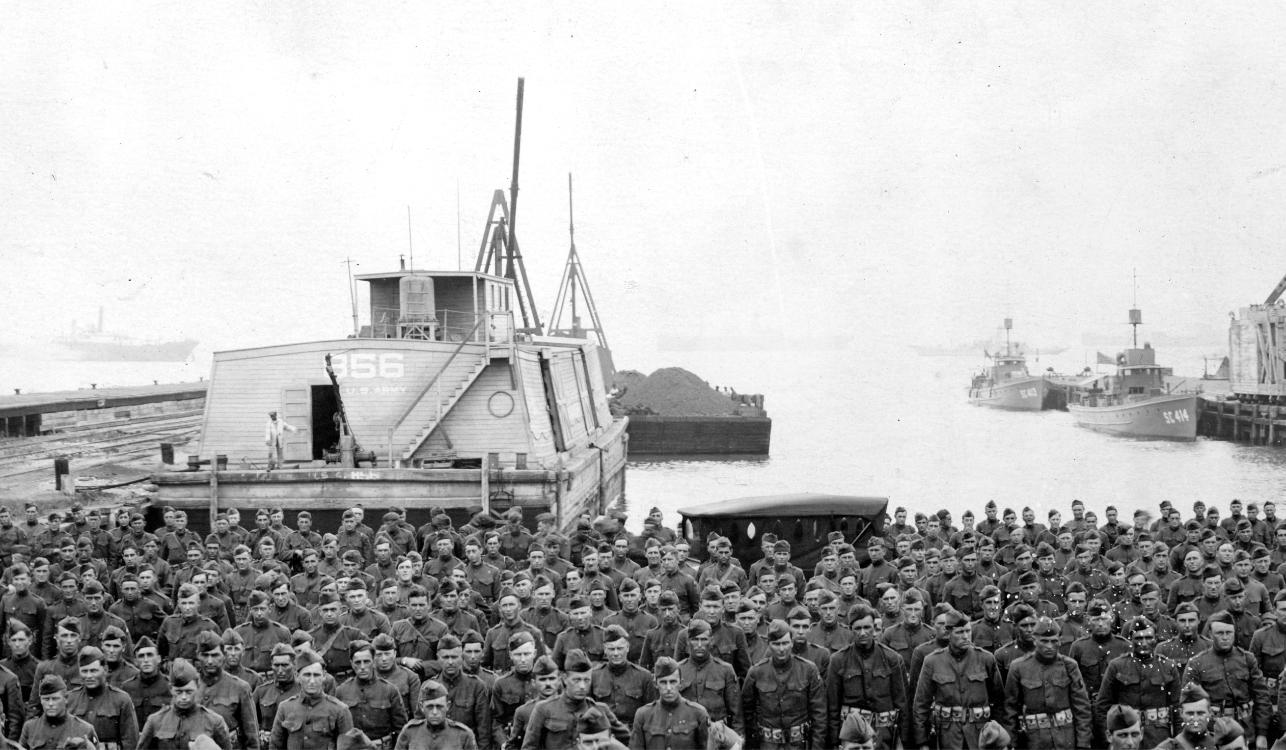
Per Erick Person served in “G” Company and Erick Larson served in “F” company. They left Sweden for North America about the same time.
Per Erick Person and Erick Larson left Sweden in 1911. The year is noted in the Swedish church book, when it comes to Per Erick. When I look at Erick Person, I find that he is noted as absent between year 1912-1914, and finally noted as absent in the “book of absent” in year 1914. The family story says they emigrated together in 1911.
In the period of the US Military Service Act, they felt obliged to give their consent to be drafted, and they were, according to the family story, threatened to sign, by the people in the society. It is not known if they would have done it anyway. Per Erick was a “declarant”, but Erick Larson didn’t specify anything on the line on the draft document, except the word “No”, which he probably answered to the question “Have you declared your intention?” He didn’t specify if he was an Alien, Naturalized Citizen or a Natural-born Citizen.
“Foreign-born members of the armed forces in WWI did not gain citizenship through military service alone. However, to encourage immigrant enlistments and to naturalize servicemen before they shipped out, Congress passed laws to expedite military naturalizations. Under the Act of May 9, 1918, service members only needed proof of enlistment and testimony from two witnesses to naturalize.
The law exempted them from having five years of U.S. residency, filing a declaration (or “first papers”), speaking English, and taking history and civics exams. Since soldiers were often stationed far from home, they could become citizens in any naturalization court. To speed up soldier naturalizations, the Bureau of Naturalization dispatched examiners to military bases and enlisted volunteer attorneys and hastily-trained servicemen as temporary examiners.
Often, judges traveled to bases to hold large, open-air naturalization ceremonies. Under this system a foreign-born soldier could become a citizen in just one day. After the war, Congress passed a series of laws extending most of the benefits of military naturalization to veterans. Eventually, more than 300,000 soldiers and veterans of WWI became U.S. citizens under these laws.”
Source: (PDF – Citizenship and Immigration during the First World War)
Both of them left North America for France on August 30th, 1918, which was quite late into the war. The left on different ships, Italian Liner ships from the port in Newport News in Virginia. They had changed their old Camp gear and clothes to new ones, for their trip over to France.
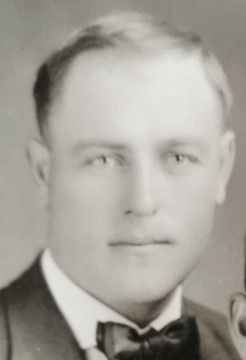
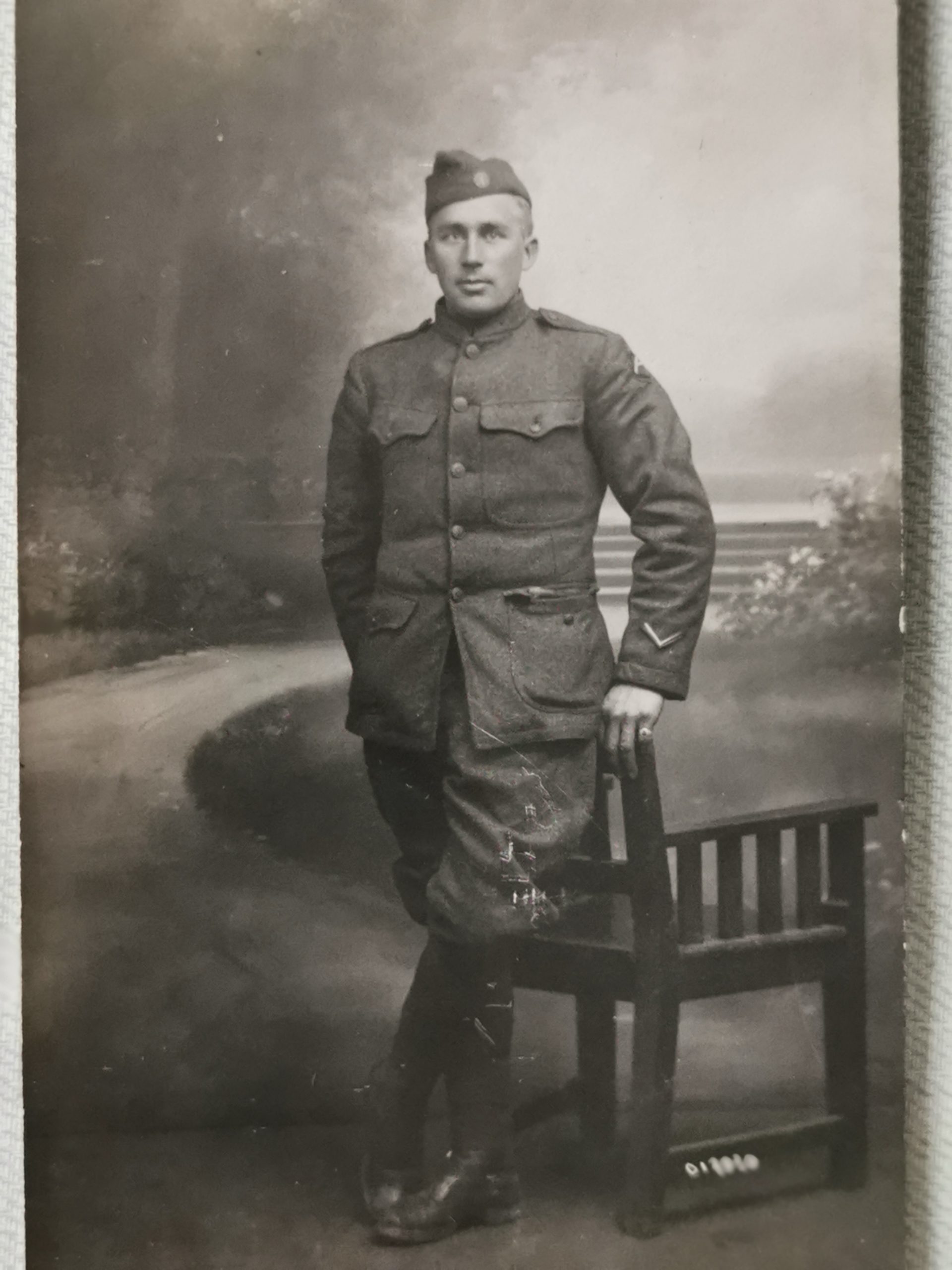
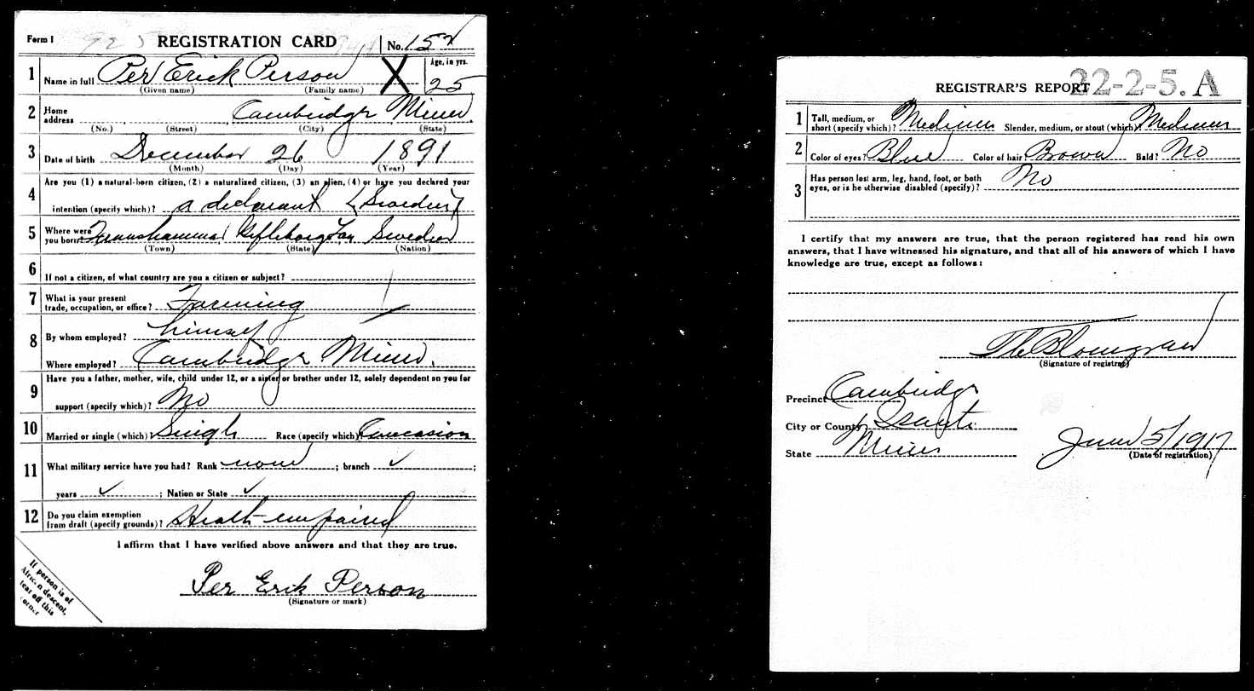
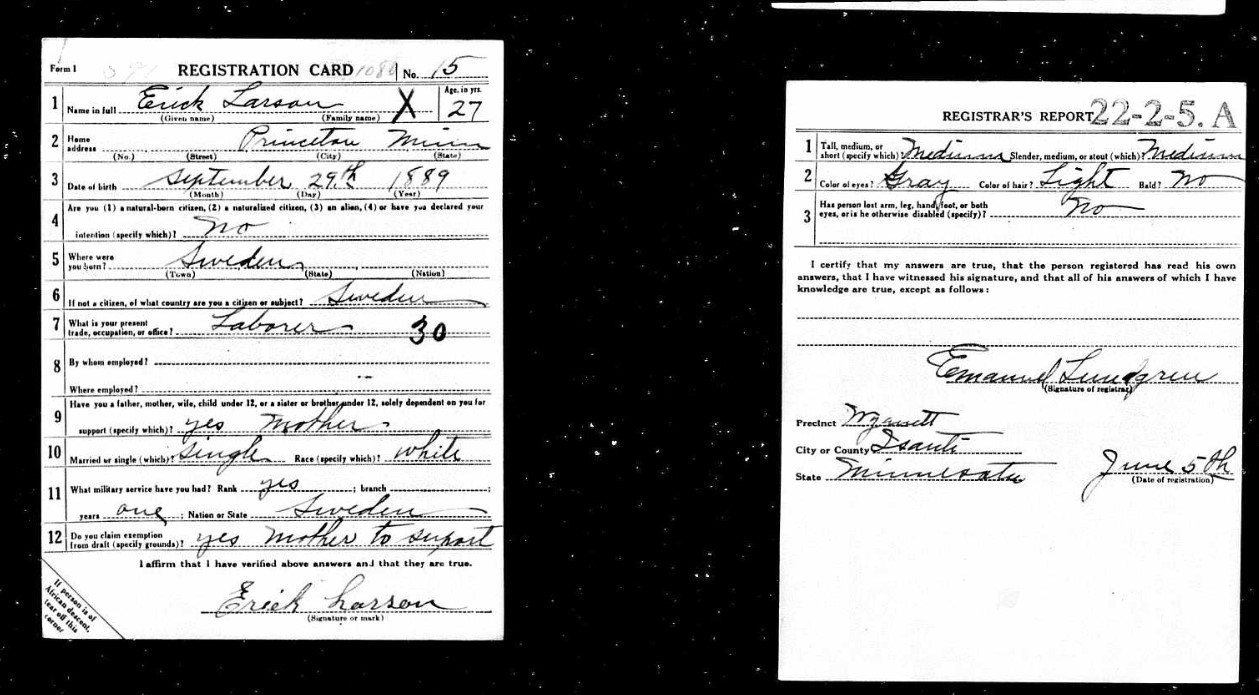
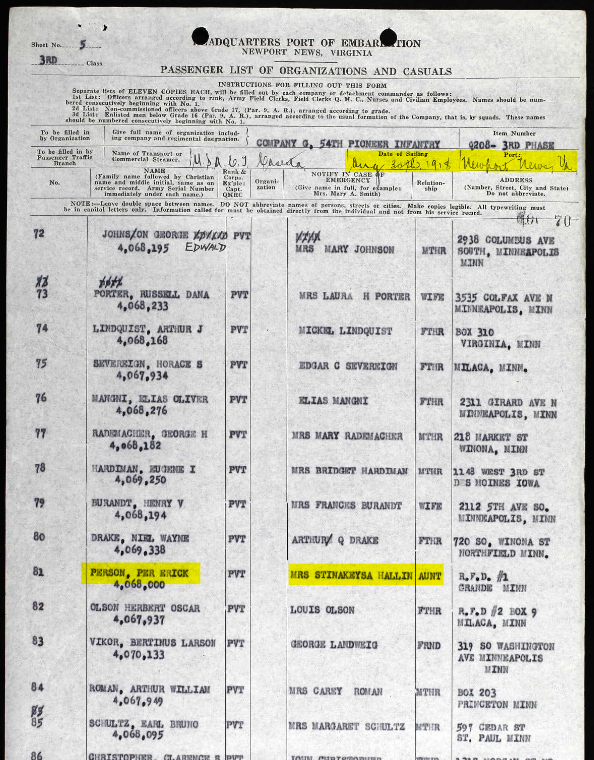
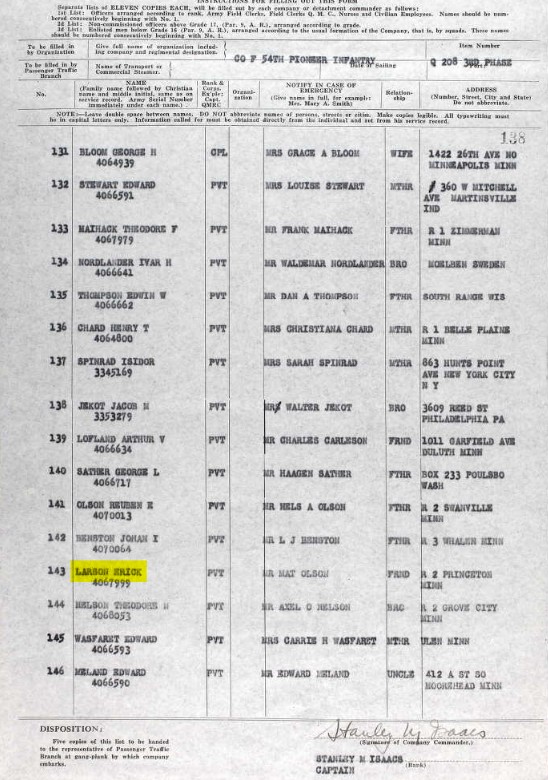
Both of them went through the war without any physical injuries, and they went back to Sweden around 1921, and at least Per Erick’s family found some gear and other artifacts from that time, when they looked through the attic in the house where they live now in Sweden.
The 54th Pioneer Infantry Regiment were a regiment within the Third Army, together with 1st, 51st and the 56th Pioneer Infantry Regiment, in which they served with the Army of Occupation, after the armistice, in Germany.
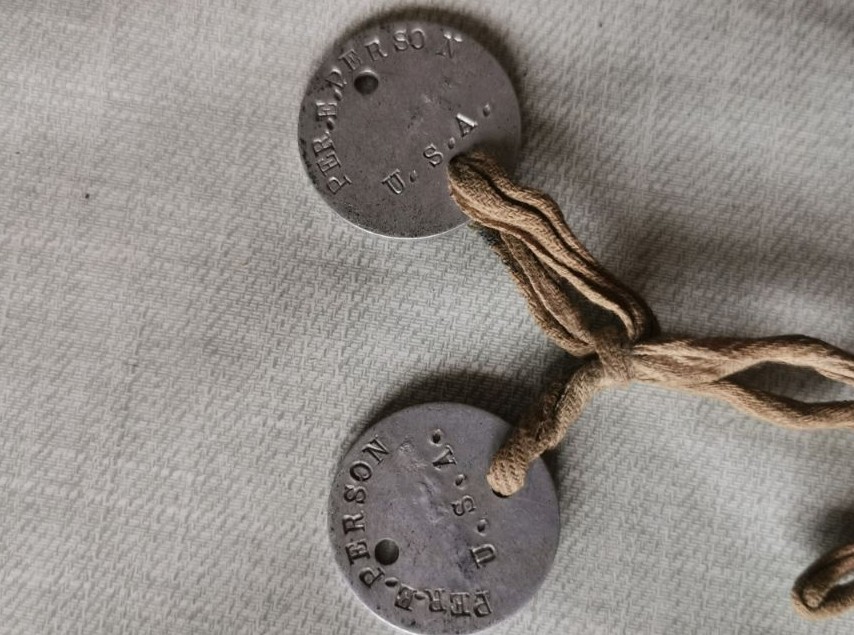
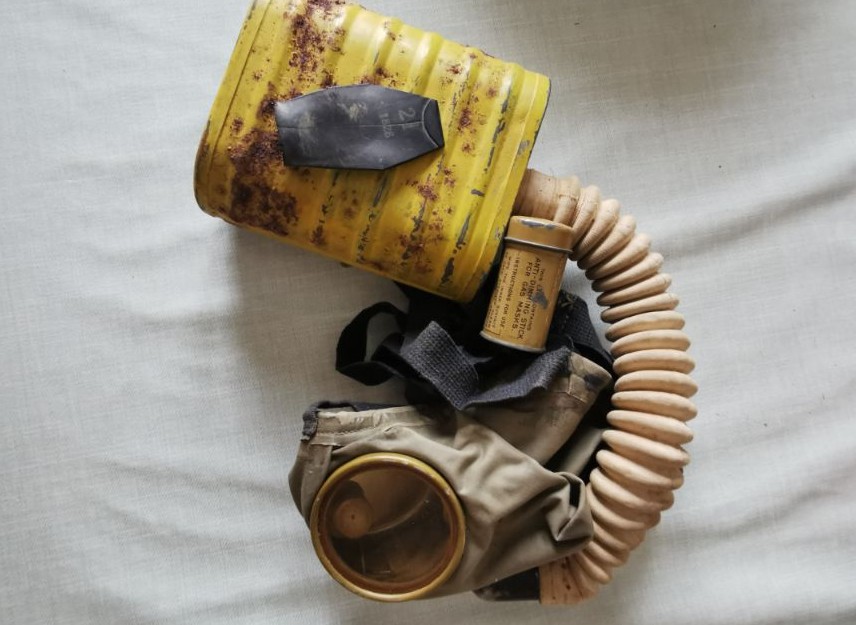
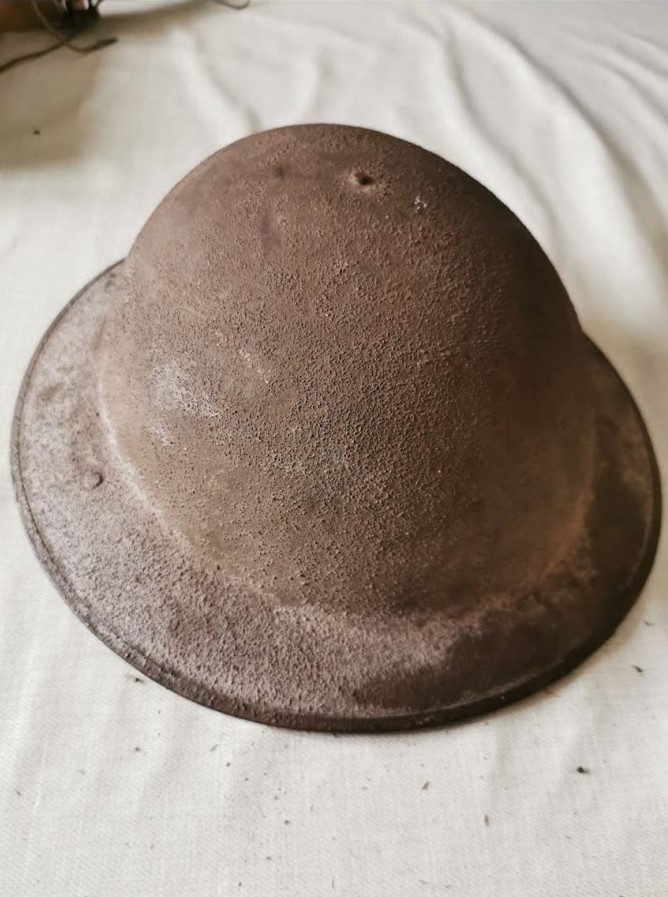
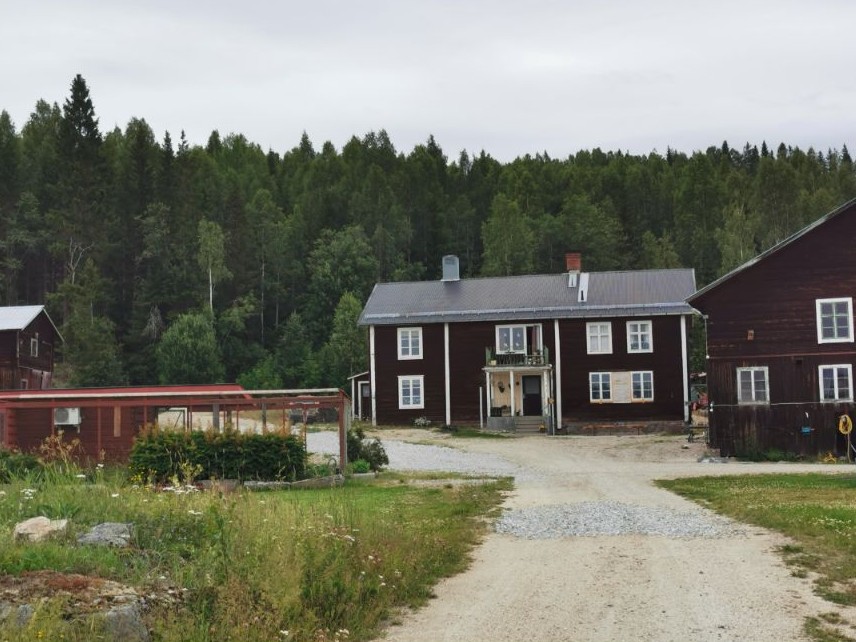
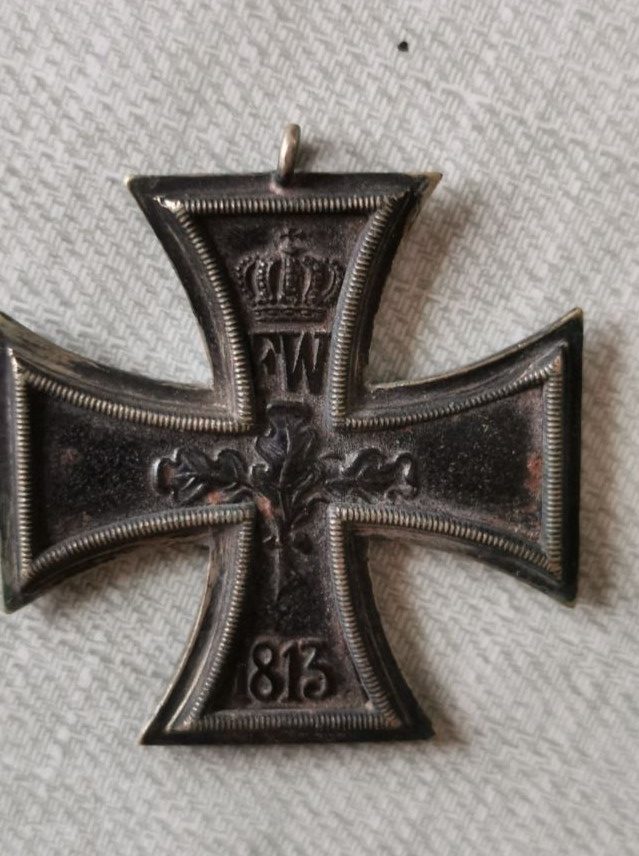
Photos Copyright: Sven Söderberg
I have received these photos from the person I met on one of my talks, Sven Söderberg, who became very interested in to try to get as much information as possible from the descendants from the two Swedish soldiers, and their time in the 54th Pioneer Infantry Regiment.
On my upcoming tour to the Argonne area in France, as a guide, we will pass through some of the areas where the soldiers Per Erick Person and Erick Larson served, in the Argonne and Verdun area in France. From the woods of Clermont to Consenvoye, north of Verdun, and their time in Coblenz, Germany, as part of their service in that Defensive sector.
The descendants will follow me on the tour, and it will be great to show them the area where their ancestors participated in the Great war. Sven Söderberg, who told the story about the soldiers, will also participate on the tour!
Last weekend I met Sven, and we exchanged knowledge about the 54th Pioneer Infantry Regiment, and he also brought a very interesting book about the unit. That has driven me into another of these endless rabbit holes and has made me determined to try to find books about other units, to learn as much as I can. The thirst of knowledge never ends when it comes to what the Swedish emigrants went through as soldiers in the American Expeditionary Forces.
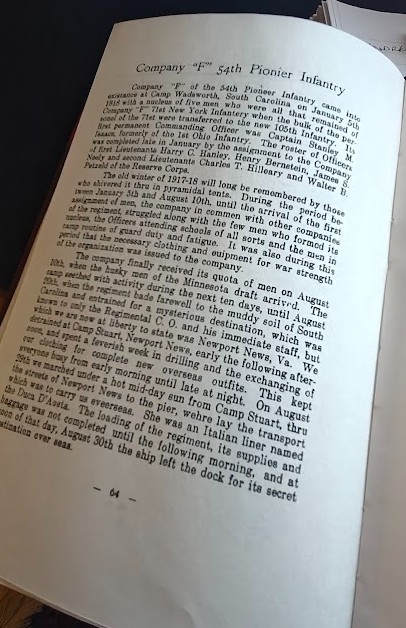
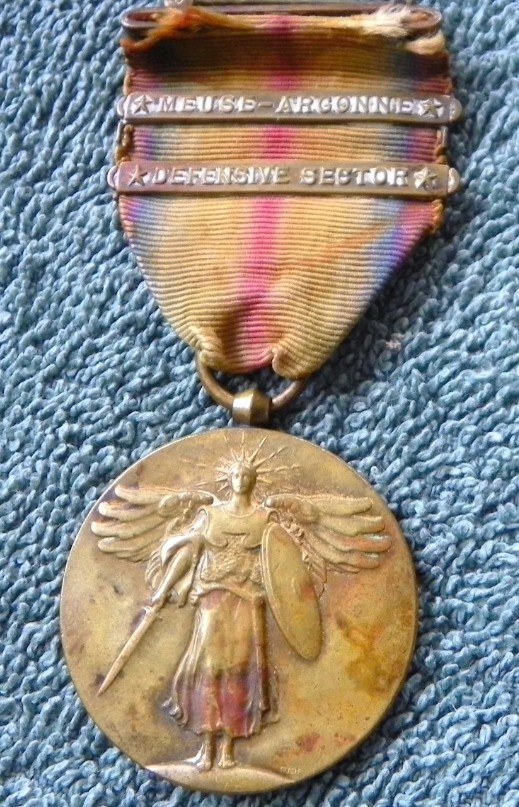
I am now reading through the Rosters of the companies who belonged to the regiment, and so far I have discovered a few more Swedish born soldiers, who served in the Unit. I will find more, as I haven’t looked through all the names yet.
So far I have discovered and confirmed these Individuals as Swedish born soldiers, who also served in the 54th Pioneer Infantry Regiment: (Their American names)
Updated: Feb 15, 2025 – 38 individuals
Henning V Peterson, HQ Coy
Nels E Larson, HQ Coy
Carl A Stjernstrom, HQ Coy
Albin Anderson, Support Coy
Carl George Johansson, Support Coy, Died of Disease
Eric Oscar Peterson, Support Coy
Victor L Lenuson, Support Coy
Carl A Lindgren, Support Coy
Joel Lindholm, Support Coy
Carl H Stenberg, A Coy
John V Person, C Coy
Carl I Benson, C Coy
Martin L Engstrom, C Coy
Gustav A Gustafson, C Coy
Gust Adolphus Holm, D, Coy
Sture O L Blomgren, D Coy
Per E Holmlander, D Coy
Olof af Hultkrans, D Coy
Arthur Lundgren, D Coy
Gustaf A Brandt, E Coy
Fritz Bernhard Rolf, E Coy
August V Lindgren, E Coy, Died of Disease
Louis G Berglund, F Coy
Joel O Johnson, F Coy
Magnus Johnson, F Coy
Ivar Harold Nordlander, F Coy
Herman Hermanson, G Coy
Ernest H Larson, G Coy
Carl V Lindgren, G Coy
Louis Magnuson, H Coy
Rudolph M Lindquist, H Coy, Died of Disease
Victor Walgren, K Coy
John Hildebrand Carlson, K Coy
Anton Erickson, K Coy
Henning Paul Johnson, K Coy
Erick Robinson, L Coy
Magnus Nelson, M Coy
I hope the story about Per Erick Person and Erick Larson will grow during the tour, and that the relatives to the soldiers will find the time worthwhile to spend some days in the terrain of their ancestors, and to see much more about the area in which the the Swedish born soldiers fought in, when they served in the American Expeditionary Forces, during the Great war.
The tour will be done between April 25th to 28th, 2025.
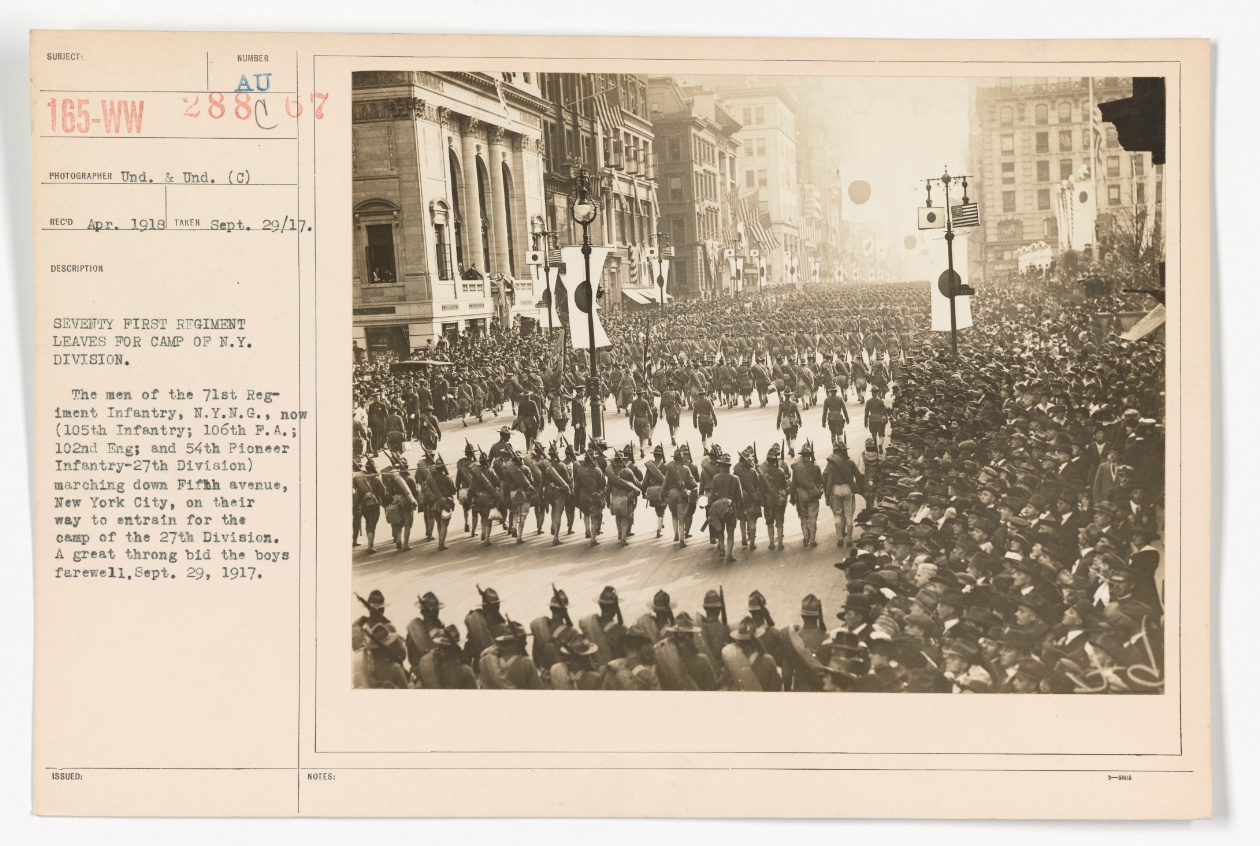
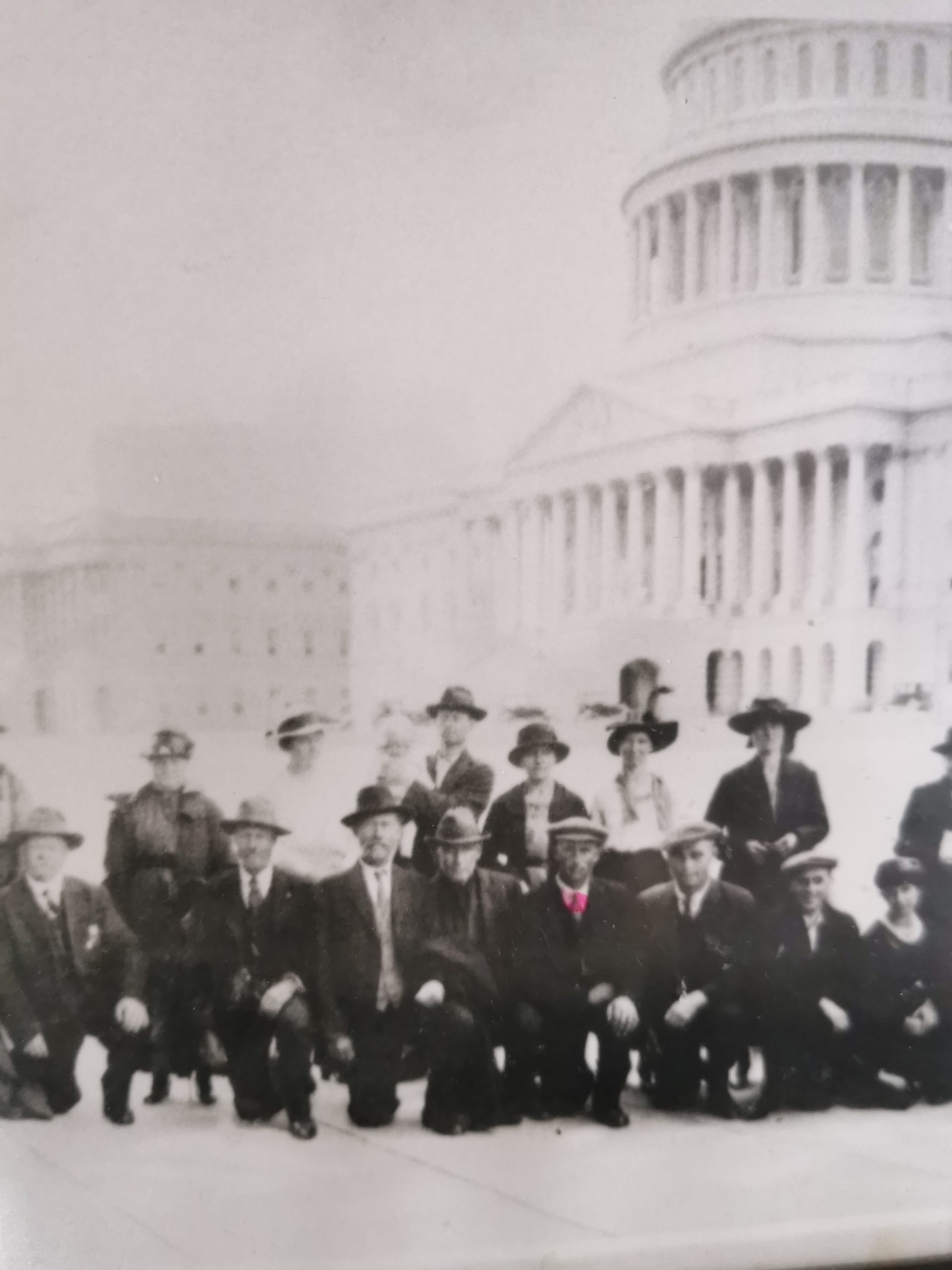
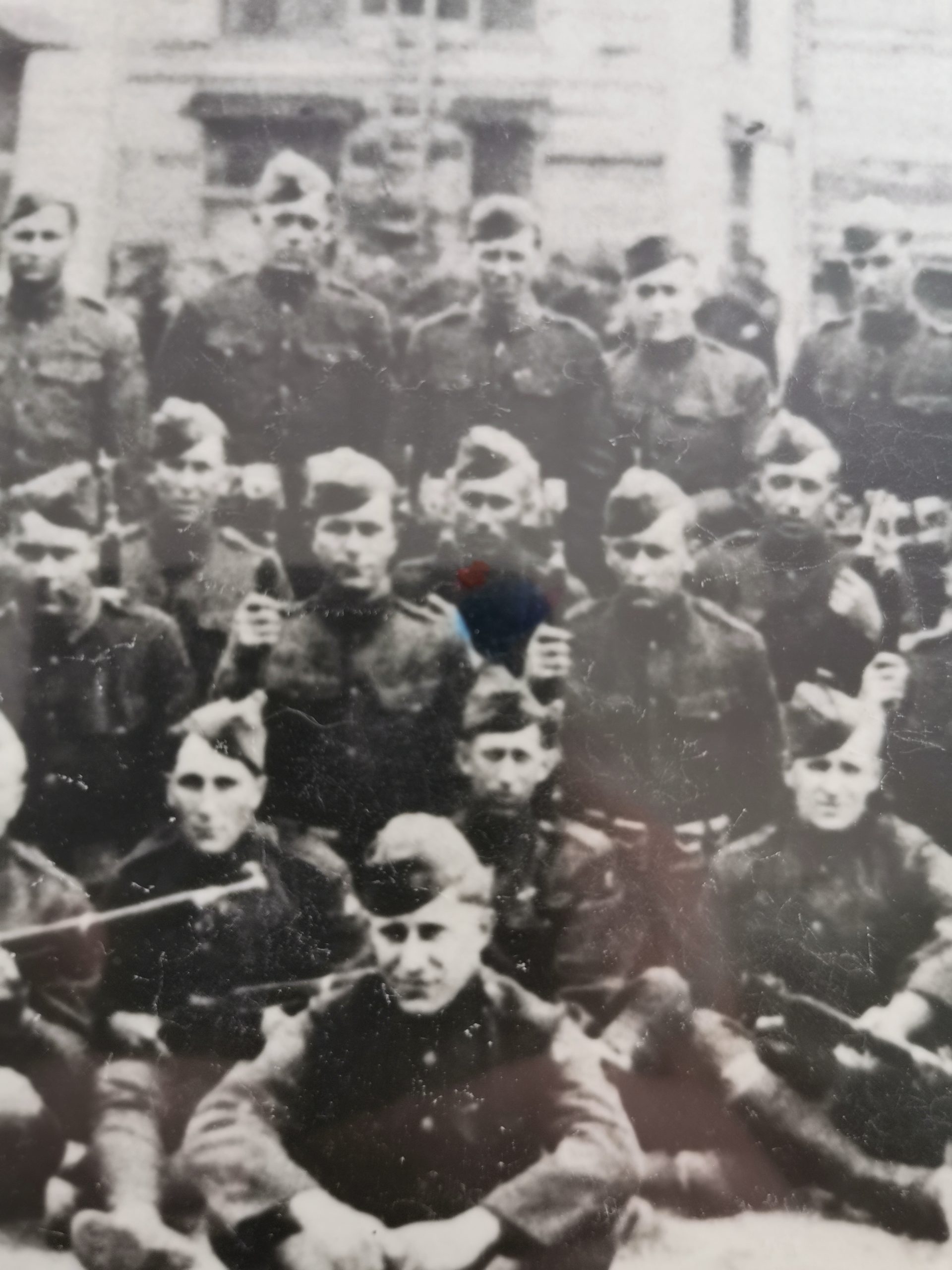
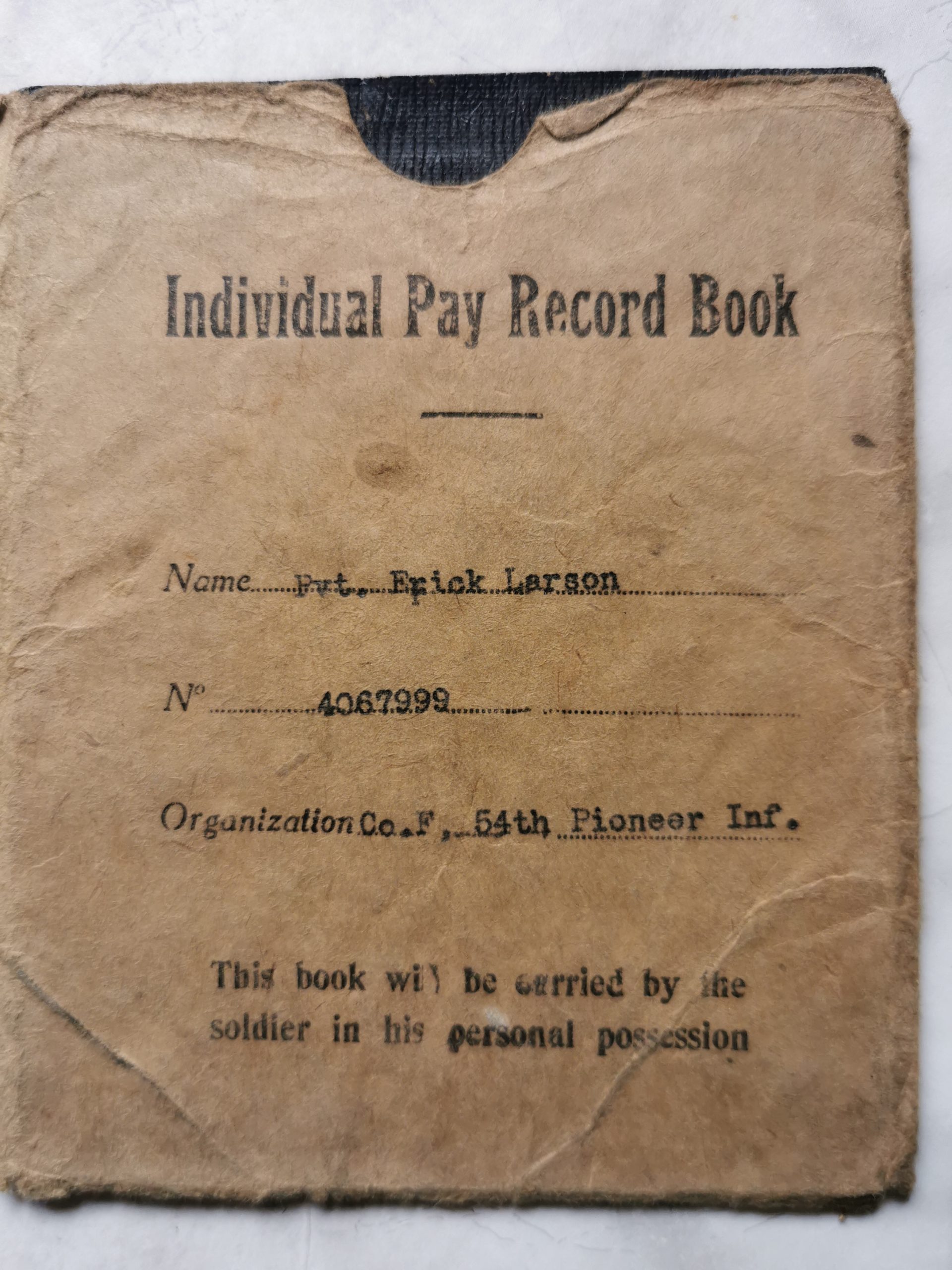
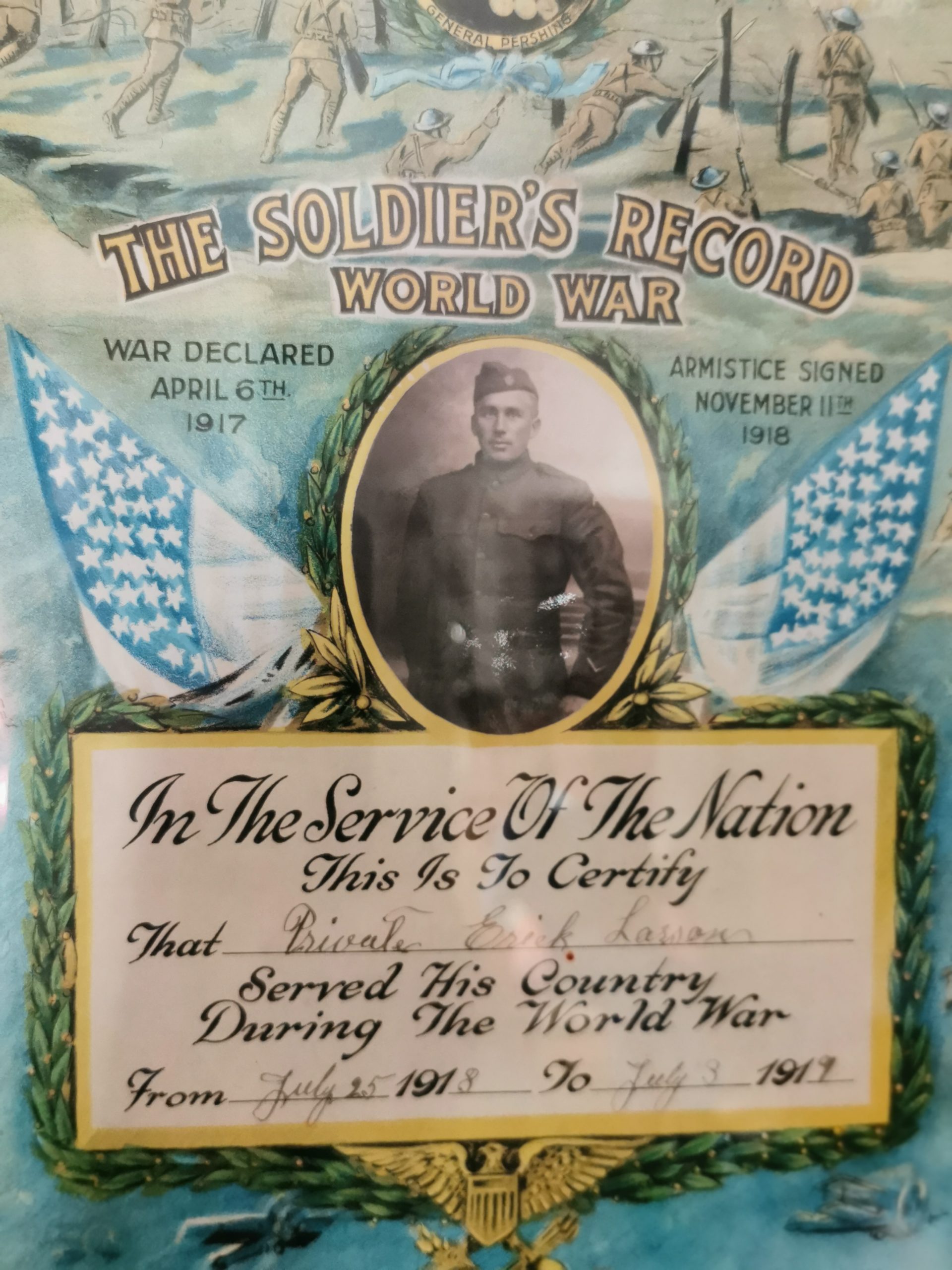
They will be remembered.

